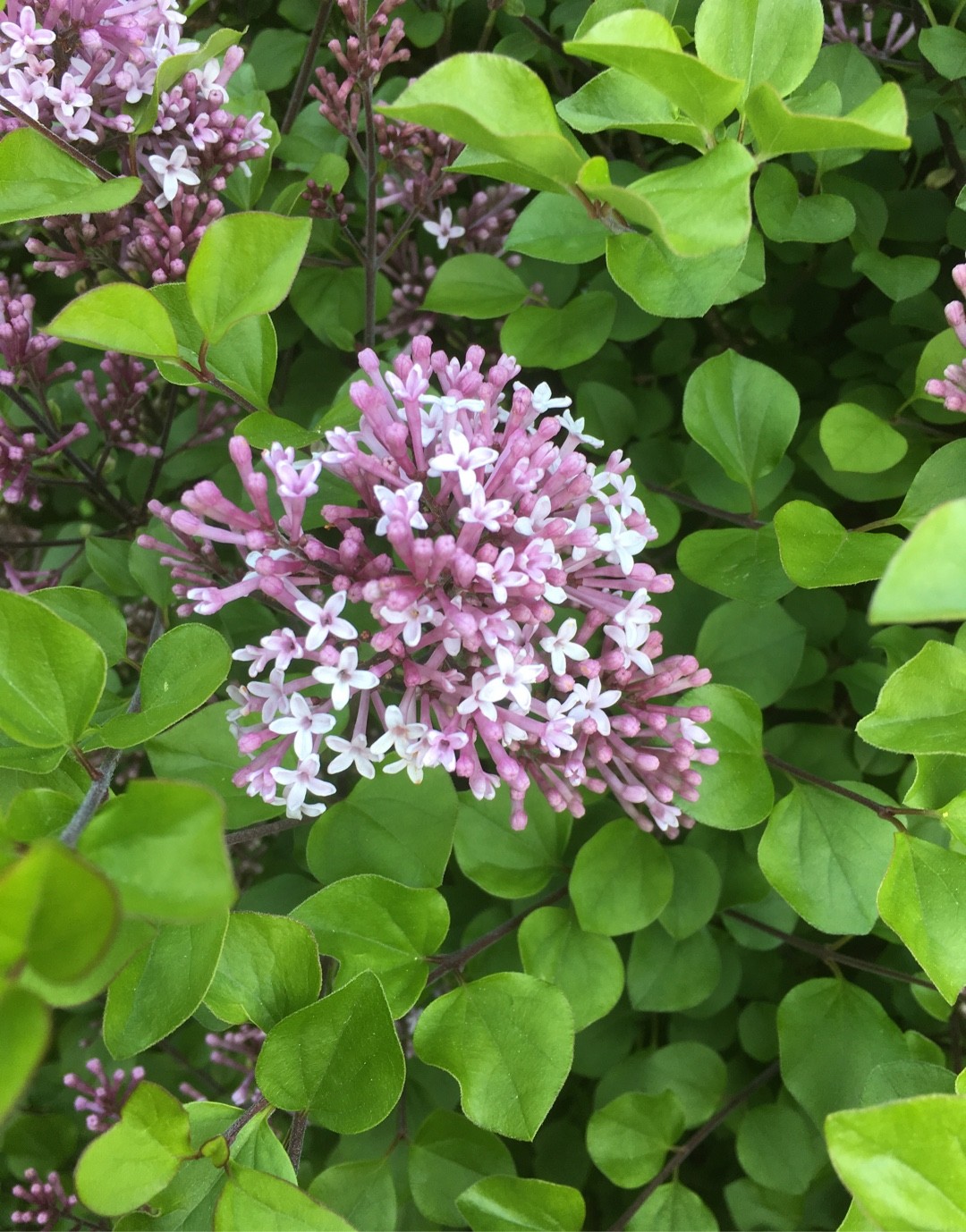Syringa Pubescens
Title: Syringa pubescens: The Downy Lilac
Introduction:
Syringa pubescens, commonly known as the downy lilac, is a deciduous shrub native to Korea and China. It is a member of the lilac genus (Syringa), which also includes the common lilac (Syringa vulgaris). The downy lilac is a popular ornamental plant, prized for its fragrant flowers and attractive foliage.
Main Content:
The downy lilac grows to be 6-8 feet tall and wide. It has a spreading, rounded habit and is covered in small, dark green leaves. The leaves are felted white beneath, giving the plant its common name.
In late spring, the downy lilac blooms in a profusion of fragrant, white flowers. The flowers are arranged in panicles that can reach up to 6 inches long. The flowers are followed by small, brown seed capsules.
The downy lilac is a relatively easy plant to grow. It prefers full sun and well-drained soil. It is tolerant of a wide range of soil pH levels and is relatively drought-tolerant. The downy lilac is also relatively resistant to pests and diseases.
Conclusion:
The downy lilac is a beautiful and versatile plant that can be used in a variety of settings. It is a great choice for borders, hedges, and specimen plantings. The downy lilac is also a good choice for small gardens, as it does not require a lot of space.
Syringa pubescens, also known as the littleleaf lilac, is a deciduous shrub that is native to Europe and Asia. It is a popular ornamental plant, and is known for its fragrant flowers that bloom in the spring.
If you are interested in learning more about Syringa pubescens, I encourage you to visit Garden Wiki. This website has a wealth of information about the plant, including its history, cultivation, and uses.
FAQ of syringa pubescens
What is Syringa pubescens?
Syringa pubescens, commonly known as Manchurian lilac, is a deciduous shrub or small tree native to East Asia. It is a member of the olive family (Oleaceae), and is closely related to the common lilac (Syringa vulgaris). Manchurian lilacs are known for their large, fragrant flowers, which bloom in late spring or early summer.
What are the benefits of Syringa pubescens?
In addition to their beautiful flowers, Manchurian lilacs also offer a number of other benefits. They are hardy plants that can tolerate a wide range of climates, and they are relatively resistant to pests and diseases. Manchurian lilacs are also a good choice for pollinator gardens, as they attract a variety of bees, butterflies, and other insects.
How to care for Syringa pubescens?
Manchurian lilacs are relatively easy to care for. They prefer full sun, but they can also tolerate partial shade. They are not too fussy about soil type, but they do best in well-drained soil. Manchurian lilacs need regular watering, especially during the first year after planting. They should be fertilized once a year in early spring.
What are some common problems with Syringa pubescens?
The most common problem with Manchurian lilacs is powdery mildew. This fungal disease can cause white, powdery spots to appear on the leaves. Powdery mildew can be controlled by using a fungicide. Other potential problems with Manchurian lilacs include aphids, borers, and root rot.
Image of syringa pubescens
- Close-up of a single syringa pubescens flower. The flower is white with a purple center.

- A cluster of syringa pubescens flowers. The flowers are in shades of white, pink, and purple.

- A full grown syringa pubescens tree. The tree is covered in flowers.

- A syringa pubescens tree in the fall. The leaves of the tree are turning shades of yellow, orange, and red.

- A syringa pubescens tree in the winter. The tree is bare, but the branches are still graceful.

- A syringa pubescens tree in a garden. The tree is surrounded by other flowers and plants.

- A syringa pubescens tree in a park. The tree is a popular spot for people to sit and relax.

- A syringa pubescens tree in a forest. The tree is a part of the natural landscape.

- A syringa pubescens tree in a vase. The flowers of the tree are arranged in a vase.
- A painting of a syringa pubescens tree. The painting captures the beauty of the tree in bloom.

Post a Comment for "Syringa Pubescens"